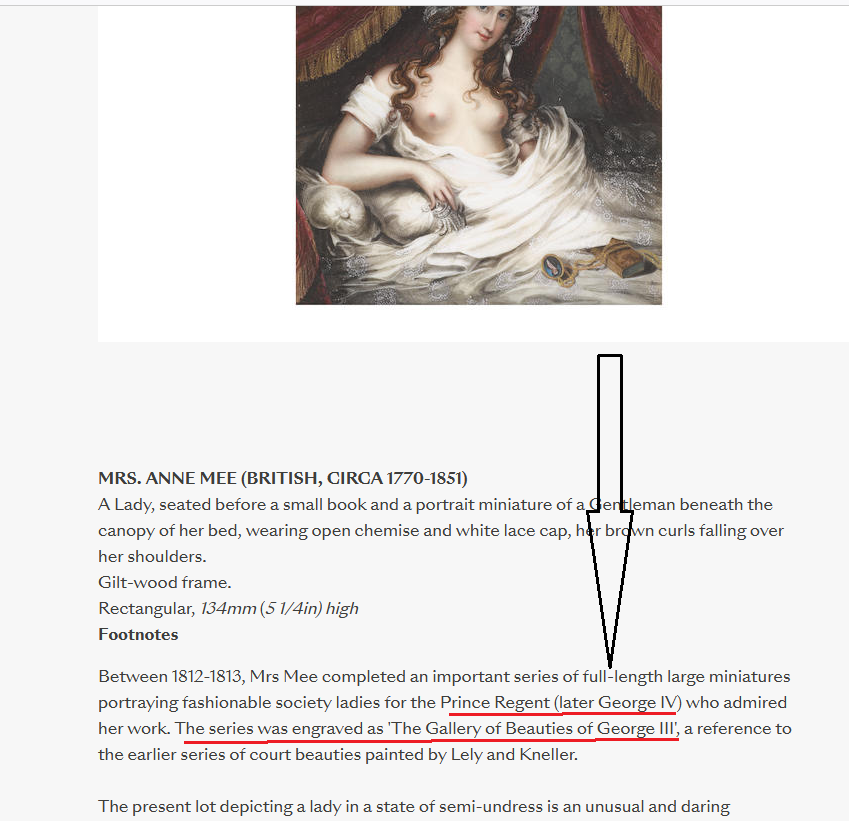
What? The Director of #CharitéVirology Berlin, you say?
https://twitter.com/21WIRE/status/1625961438320754692
I'm going to have to go back and take a little look again
https://twitter.com/artisbrutal2021/status/1487738332071215106
stiftung-charite.de/en/foundation/…
Stiftung Charité was founded in 2005 by the entrepreneur Johanna Quandt (1926 – 2015)

Stiftung Charité was founded in 2005 by the entrepreneur Johanna Quandt (1926 – 2015)
https://twitter.com/artisbrutal2021/status/1485550395166449664

Since 2014, the Charité Foundation has also been promoting the life sciences in Berlin with its private excellence initiative Johanna Quandt .
fr.de/wirtschaft/sta…
fr.de/wirtschaft/sta…

The Johanna Quandt Foundation is a Hessian organization based in Bad Homburg vor der Höhe
de.wikipedia.org/wiki/Johanna-Q…
de.wikipedia.org/wiki/Johanna-Q…
https://twitter.com/artisbrutal2021/status/1601569655209938944
Board of trustees are Stefan Quandt as deputy chairman, as well as Stephan-Andreas Casdorff , Horst von Buttlar and Michaela Kolster
https://twitter.com/artisbrutal2021/status/1422237101622431746
WHS Foundation GmbH
c/o Charité – Universitätsmedizin Berlin
Charitéplatz 1
10117 Berlin, Germany worldhealthsummit.org/about/team.html
c/o Charité – Universitätsmedizin Berlin
Charitéplatz 1
10117 Berlin, Germany worldhealthsummit.org/about/team.html

The German TV series shows how doctors at the Charité, including the head of the children's clinic, Georg Bessau, a historical figure, test a vaccine on "Reich Committee children" 

"These children were so named because people on a committee decided that their lives should have no value. They were still good as test material. This is not properly explained in the series."
Max de Crinis, the head of psychiatry was actually a criminal, SS-Standartenfuhrer, "the gray eminence of 'Operation T4 " according to Schnalke 



So, while many good German people are currently marching in the streets against their corrupt government
The English presstitudes of the MSM refuse to bring the complete European picture to you
The English presstitudes of the MSM refuse to bring the complete European picture to you

Y'all know that Rishi Sunak's INFOSYS is working with the Quandts' Entrust , right?
Building a so-called vaccine platform system
Except it is so much more than that..
Building a so-called vaccine platform system
Except it is so much more than that..
https://twitter.com/artisbrutal2021/status/1518689922105987072
And the Swiss people have brought a petition against the government's push towards a cashless society because many people understand what that means
Channel 4 is busy doing reports on Chinese balloons
Channel 4 is busy doing reports on Chinese balloons
https://twitter.com/Channel4News/status/1625229824620101632
You can't say you weren't warned at every step of the way
https://twitter.com/artisbrutal2021/status/1550799830875881472
• • •
Missing some Tweet in this thread? You can try to
force a refresh
























